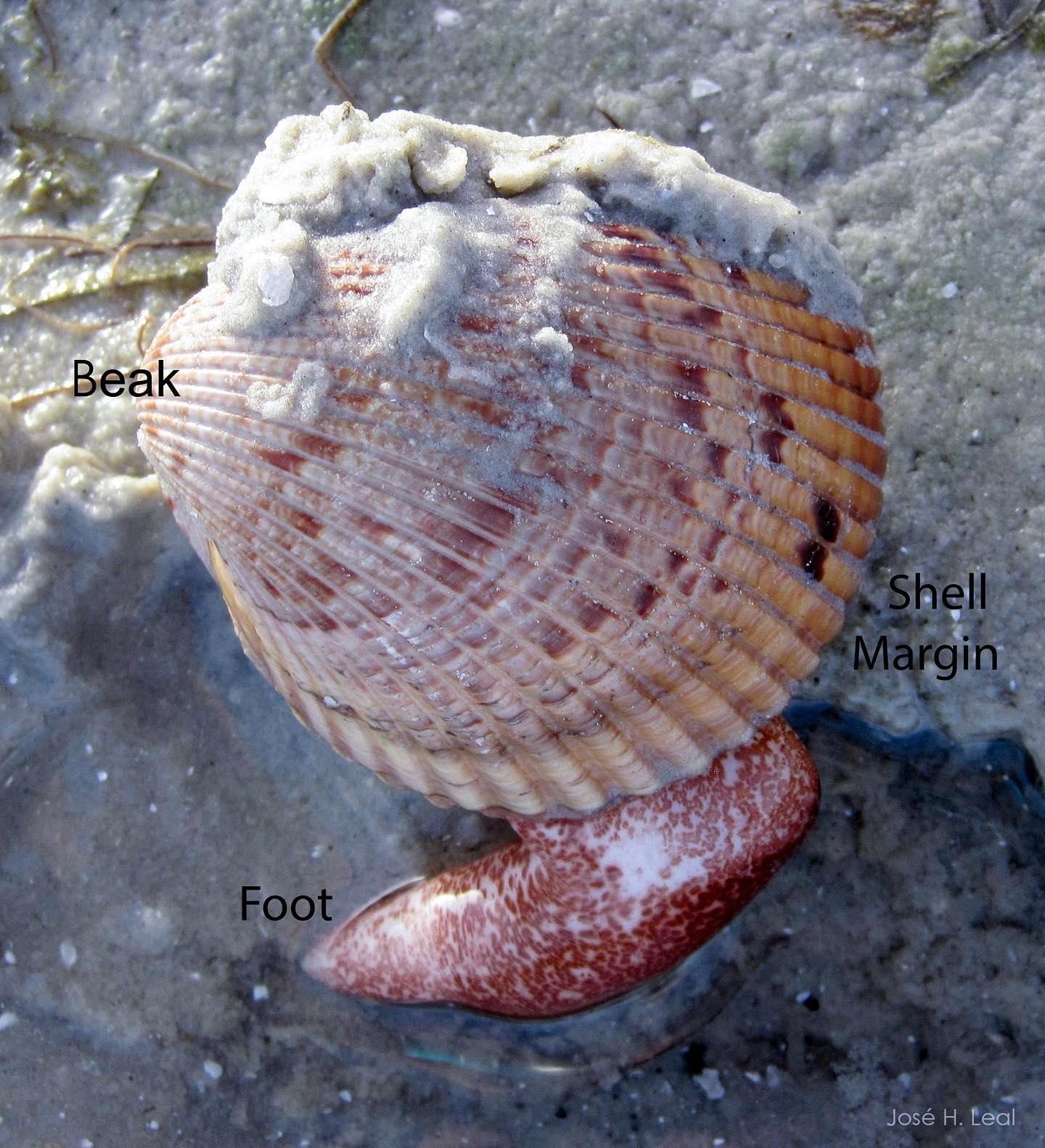Summary:
– The unique characteristics of shells, including their smoothness or adornments, are fascinating and serve specific purposes for different species.
– For example, the radial shell ribs on Atlantic Giant Cockles help them move efficiently while burrowing in sand.
– The serrated edge of the rib extremities aids sawing through the sand.
– Shells can have a variety of adornments, such as ridges, spines, or knobs, which can serve defensive, protective, or structural functions.
– Understanding the unique features of shells enhances our appreciation for the natural world and the remarkable adaptations of different species.
Good Morning! Have you ever wondered why some shells are smooth while others bear ridges or other beautiful adornments? With their fascinating designs and intricate details, hShells have always captured the imagination of curious minds. They serve as homes to countless marine creatures and offer insight into the evolution and adaptation wonders. Let’s dive into the world of shells and explore the unique aspects that make them truly captivating.
One example of a shell showcasing remarkable adaptations is the Atlantic Giant Cockle, known as Dinocardium robustum. These intriguing bivalves have radial shell ribs that aid them in moving efficiently when burrowing in soft sand. The ribs provide direction, much like the grooves in powerboat hulls create water tracks. By following these ribs, the Atlantic Giant Cockles can easily navigate the sand.
But the story doesn’t end there. The rib extremities form a sharp, serrated edge at the shell margin. This unique feature helps the bivalve efficiently ” see through the sand as it burrows. JImaginea miniature saw blade carefully cutting through each grain of sand, allowing the Cockle to create its home underground. It’s truly a marvel of nature’s engineering.
Apart from ribbed shells, the adornments on shells can take various forms, including ridges, spines, or knobs. These embellishments serve different purposes, ranging from defense mechanisms to structural reinforcement.
For example, some shells have ridges that help strengthen their structure and protect them from predators or environmental forces. The ridges act as reinforcements, adding strength and durability to the shell’s design. This adaptation allows the shell to withstand the pressures it faces in its underwater habitat.
Other shells may have spines that serve as defensive mechanisms. These spines act as deterrents, making it more difficult for predators to attack or consume the shell-dwelling creature. Imagine armored knights with their spikes protecting them from harm. Shells with spines are the knight’s armor of the underwater world.
But it doesn’t stop there; some shells have knobs or other decorative features that serve aesthetic and functional purposes. These adornments may enhance the shell’s camouflage, helping the creature blend into its surroundings and remain hidden from predators. It’s like nature’s fashion statement, where beauty and practicality harmonize harmoniously.
Understanding the unique characteristics of shells opens a window into the incredible world of adaptation and survival. Each species has evolved traits that enable them to thrive in its respective environments. From smooth shells to adorned ones, every detail has a purpose.
Take a moment to reflect on the vast diversity of creatures that inhabit our oceans, lakes, and rivers. Each one has its own story and masterpiece of a shell that plays a vital role in its survival. Shells are not just inanimate objects but portals to a world of wonder.
Next time you visit the beach or explore a tidal pool, look closer at the shells you encounter. Observe their patterns, textures, and unique features. Imagine the stories they could tell if they could speak. Envision the creatures that called them home and the challenges they faced to survive.
Let your curiosity guide you as you explore the natural world. Embrace the beauty and intricacy of shells, and let them inspire you to appreciate the remarkable adaptations within our planet’s ecosystems. Every shell has a story to tell, and we must listen and learn from it.
So, the next time you have a shell in your hand, feel its smoothness or trace the ridges with your finger. Dive deep into the mystery within and let your imagination take flight. Nature is a storyteller, and shells are just one of its many enchanting chapters waiting to be discovered.
To learn more about shells and their unique characteristics, visit ShellMuseum.org/blog. There you will find a wealth of information and fascinating insights to satisfy your curiosity and ignite your passion for the natural world. Happy exploring!
*****
Source Description
Good Morning! Why are some shells smooth, while others bear ridges or other adornments? For instance, the radial (oriented from the shell beak to the margin) shell ribs on Atlantic Giant Cockles, Dinocardium robustum, help them move more efficiently when burrowing in soft sand. The ribs provide direction, similar to the tracking on the water created by the grooves in powerboat hulls. And the rib extremities at the shell margin form a sharp, serrated edge that helps the bivalve efficiently “saw” through the sand. More? ShellMuseum.org/blog

